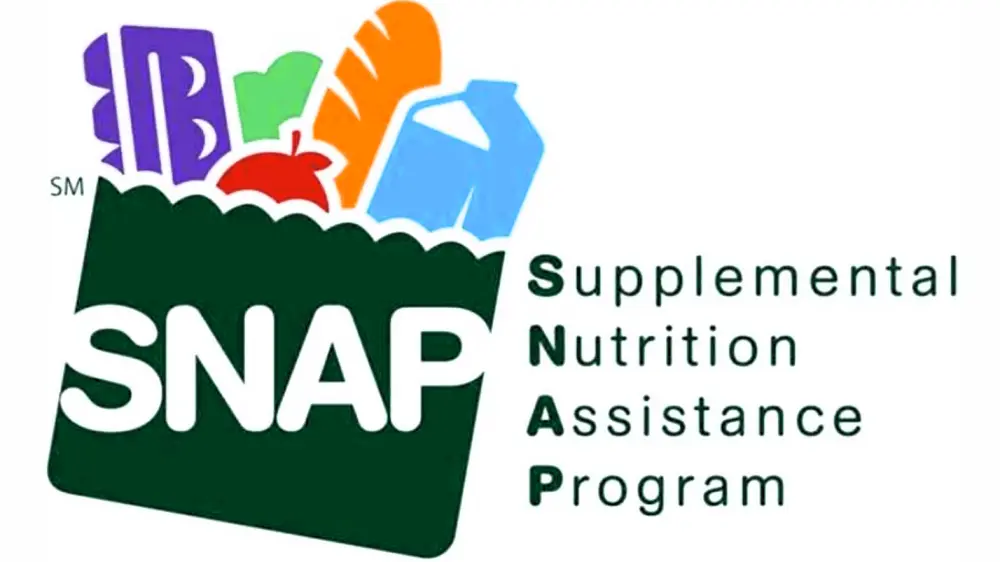
According to the Associated Press, two federal judges ruled Friday that the Trump administration must continue funding the Supplemental Nutrition Assistance Program (SNAP) during the ongoing government shutdown, using contingency funds to ensure millions of Americans can continue buying groceries.
The nearly simultaneous rulings came one day before the U.S. Department of Agriculture was set to freeze payments, claiming it no longer had authority to keep funding SNAP.
The program, which serves roughly one in eight Americans, costs about $8 billion per month.
U.S. District Judge Indira Talwani in Boston called the administration’s suspension of SNAP “unlawful,” ordering the USDA to use contingency funds to maintain benefits and report back by Monday.
In Rhode Island, Judge John J. McConnell similarly ruled the government must fund the program with available reserves and continue honoring work requirement waivers for seniors, veterans, and other vulnerable groups.
Skye Perryman, president and CEO of Democracy Forward, said the rulings protect “millions of families, seniors, and veterans from being used as leverage in a political fight” and reaffirm the principle that “no one in America should go hungry.”
The Trump administration had argued it couldn’t legally tap into about $5 billion in contingency funds, but Democratic officials from 25 states and the District of Columbia, including Kentucky, countered that those funds — and another $23 billion in a separate account — could and must be used.
Agriculture Secretary Brooke Rollins said Friday the funds in question wouldn’t last long and blamed Senate Democrats for blocking a resolution to end the shutdown. A congressional push earlier in the week to extend SNAP funding failed.
At this point, it does remain unclear how quickly SNAP debit cards can be reloaded following the court orders, a process that typically takes up to two weeks. States and food banks have been preparing emergency measures to support families as the shutdown continues.
Last year, SNAP served 41 million people, nearly two-thirds of them families with children. To qualify in 2025, a family of four’s income must be below the federal poverty line — about $31,000 per year.





